It was built in the years 1954-1955 according to the design of Jerzy Hryniewiecki, Zbigniew Ihnatowicz and Jerzy Sołtan, adapting the architectural conventions of socialist realism. There was no lack of conflict in the team of architects at the construction stage, since not everyone agreed with incorporating socialist realist characteristics, which were in line with the current doctrine, into the project.
The official name of the stadium was: The Stadium of the ten-year anniversary of the July Manifesto. The venue was created for football and athletics. It had open stands with wooden benches, as well as an 8-lane treadmill. In order to heap up the mound at the edge of the stadium, rubble from buildings destroyed in the war was used. Next to the stadium was a training field, as well as a back room dedicated for the use of contestants and reporters.
In the Communist era, Stadion Dziesięciolecia was an important sporting venue, since this was where the most important international sporting events took place. It was also used for cultural events and for propaganda purposes. In the history of the stadium, there was also no lack of tragic events: on the 8th of September 1968, during the all-Polish harvest festival, Ryszard Siwiec committed self-immolation protesting against the armed invasion of Czechoslovakia.
From the perspective of many people, the stadium functioned as an immense marketplace: the Jarmark Europa, which functioned there from 1989. One could buy literally anything there, including illegal items, and, during times where CDs and computer games could be downloaded, also piratical versions of the latest titles.
The police appeared at the mound surrounding the stadium quite often, confiscating goods and smuggled cigarettes and alcohol. Pirated CDs were, meanwhile, traded on the mount, whereas under it and from the direction of the Zielniecki Alley, clothes were sold, including those with forged branded credentials. Jarmark Europa was its own kind of cultural melting pot, where nations, languages and expectations could mix, and, despite this, it managed to last until 2007.
The PGE Narodowy stadium, previously called the Stadion Narodowy, was built on the site of the previous venue for the European Football Championships UEFA EURO 2021TM. The building has eight sections of various heights.
Apart from sports competitions cultural events also take place here, as well as business meetings. Next to one of the entrances to the stadium (gate no. 3) one can find a modernist, concrete sculpture ‘Sztafeta’ by Adam Roman. It was created in 1953-1955 and portrays three nude runners. There has been an intention to replace the concrete sculpture with a bronze cast for many years, but this still remains to be done.

Bliskości starówki, znakomite skomunikowanie transportem miejskim z resztą miasta oraz duża liczba atrakcji w różnych obszarach tematycznych powodują, że warszawska Praga jest znakomitym miejscem do odkrycia tego, co jeszcze w Warszawie nieodkryte. Zarówno dla turystów jak i mieszkańców stolicy!
Zapraszamy na Pragę!
Barbara Tutak Prezes Zarządu Warszawskiej Organizacji Turystycznej


Dofinansowanie zadania publicznego ze środków Ministerstwa Rozwoju i Technologii zgodnie z zawartą Umową nr III/16/P/63003/2820/21/DT.

Dofinansowanie zadania publicznego ze środków Ministerstwa Rozwoju i Technologii zgodnie z zawartą Umową nr III/16/P/63003/2820/21/DT.

PragaodNova 2021 | Polityka prywatności
projekt i wykonanie: aiai.pl